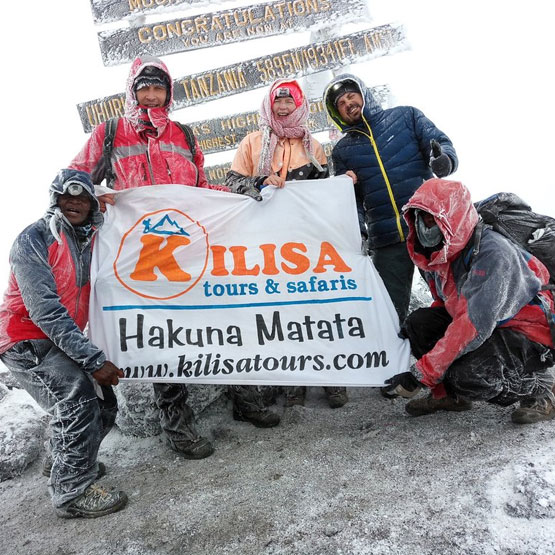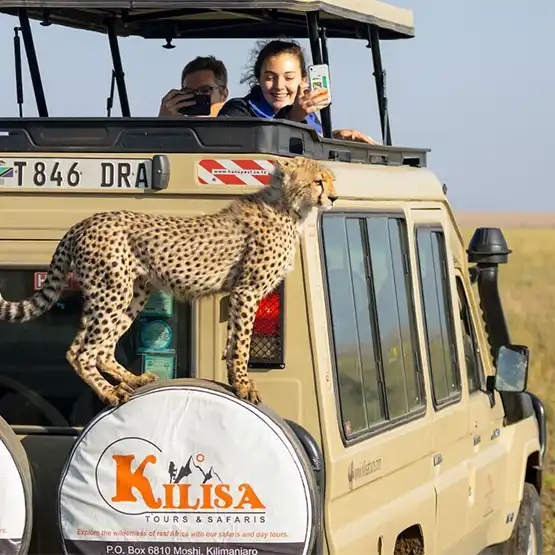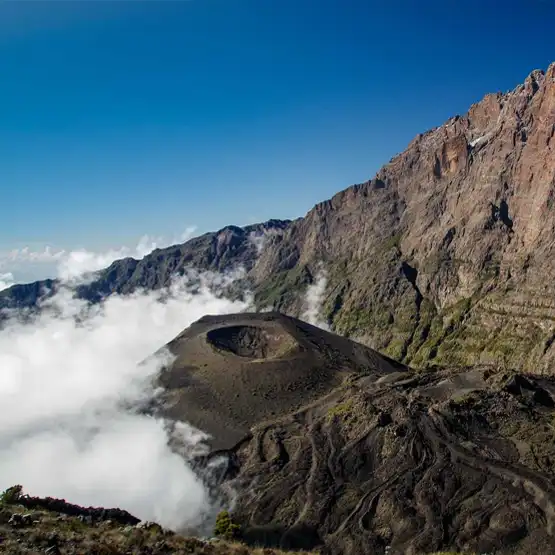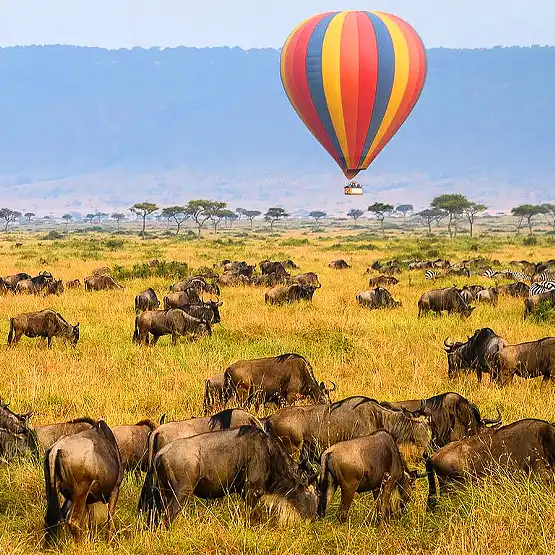Mount Kilimanjaro is the tallest freestanding mountain of Africa with an altitude of 5895 meters and famous as “roof of Africa”.
We always remind ourselves not to make any mistakes but most of the time we tend to forget the important things and often do mistakes while taking decisions. But, making a mistake while Mount Kilimanjaro Climbing will cost you more and the only solution is having a knowledge of Kilimanjaro FAQs.
The questions frequently asked by everyone, we have collected some tips and information as answers which will help you on your trekking.
Where is Mount Kilimanjaro?

Mount Kilimanjaro is located in the north-eastern part of Tanzania, close to the Kenya-Tanzania border. The nearest local town is Moshi and Mount Kilimanjaro forms part of East Africa’s Rift Mountains.
Which Route Should I Climb?
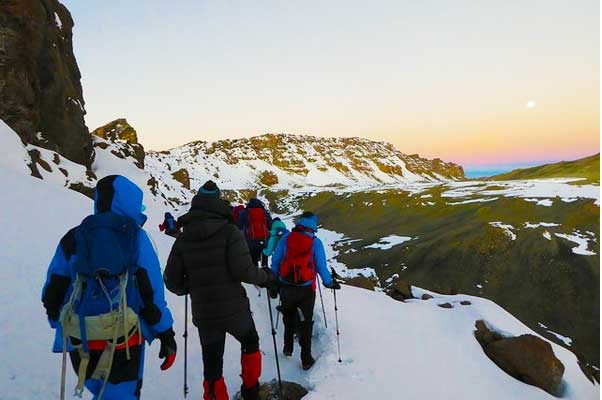
Except Shira and Umbwe Route, there are five hiking suitable route for you. As longer route provides better acclimatization profile, Machame, Northern Circuit and Lemosho Route are the best routes with “Climb high and sleep low” profile for Lemosho route offers low traffic, spectacular views and high summit success rate; we recommend this route for the summit.
How Long is a Kilimanjaro Climb?
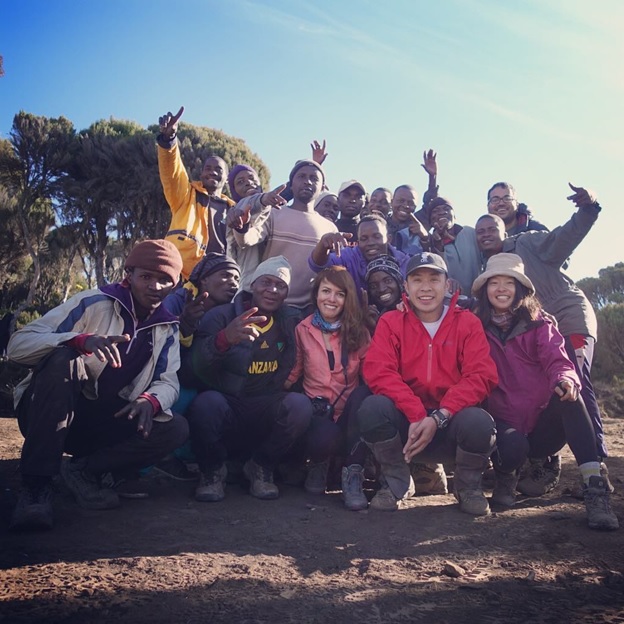
The time duration for the summit on Kilimanjaro depends upon the route chosen by you. When concerning about the easier routes, it takes 6 to 9 days for the summit. Longer the route, higher chances for the summit.
When is the best time to climb?

The Best Time To Climb Kilimanjaro is in dry season. From January to mid-March and June to October is known as dry season. If you want to face less traffic, you can climb Kilimanjaro through Rongai route.
What Is The Cost For Climbing?
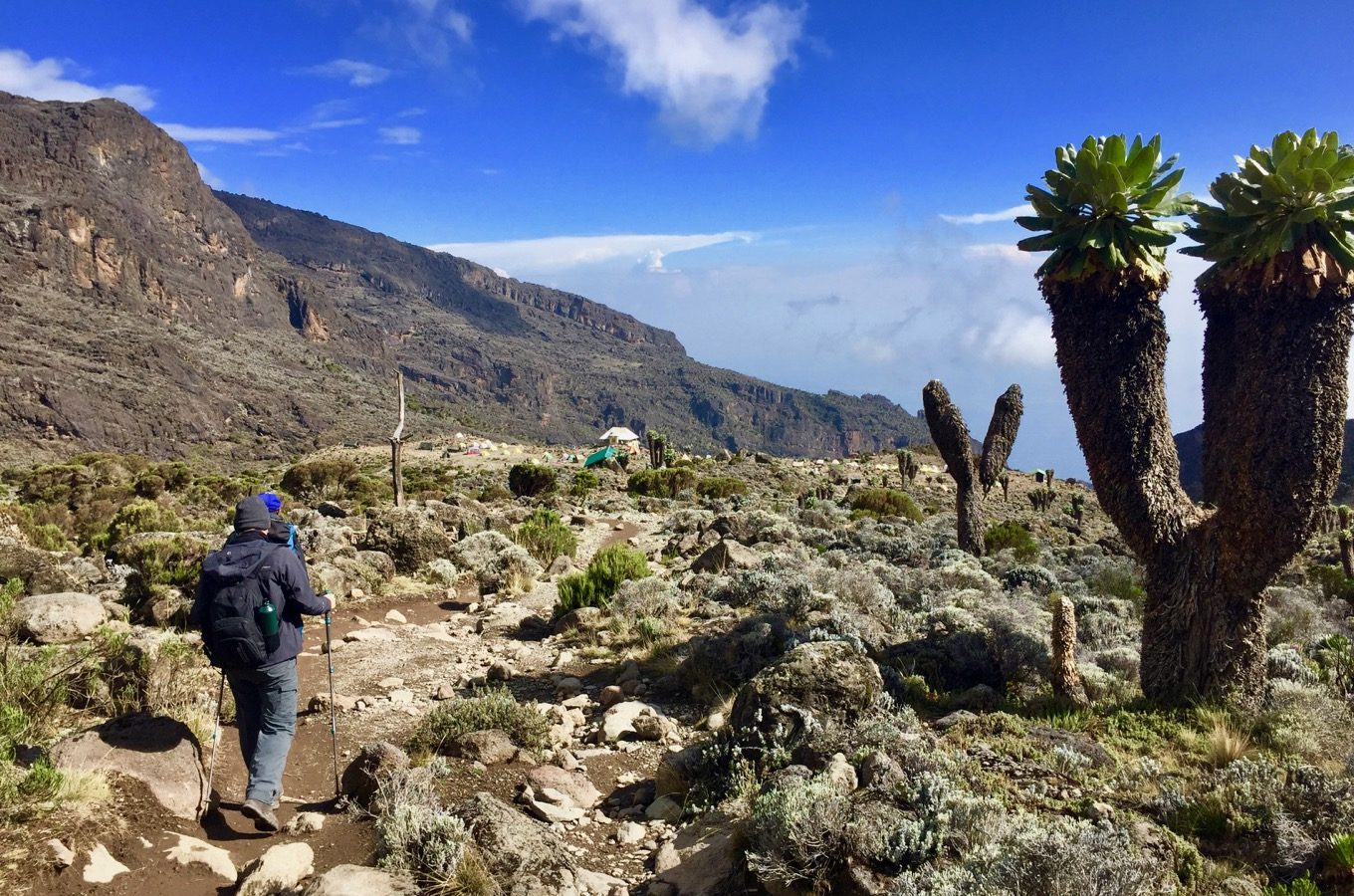
The price for Climbing Kilimanjaro depends on different variables such as which route you choose to trek, the peak or low season to climb, the level of comfort, and others. In Machame route, it will cost around US$3, 208 per person which includes camping, trekking, porter service, accommodation, and transfers.
What Will We Eat During The Climb?
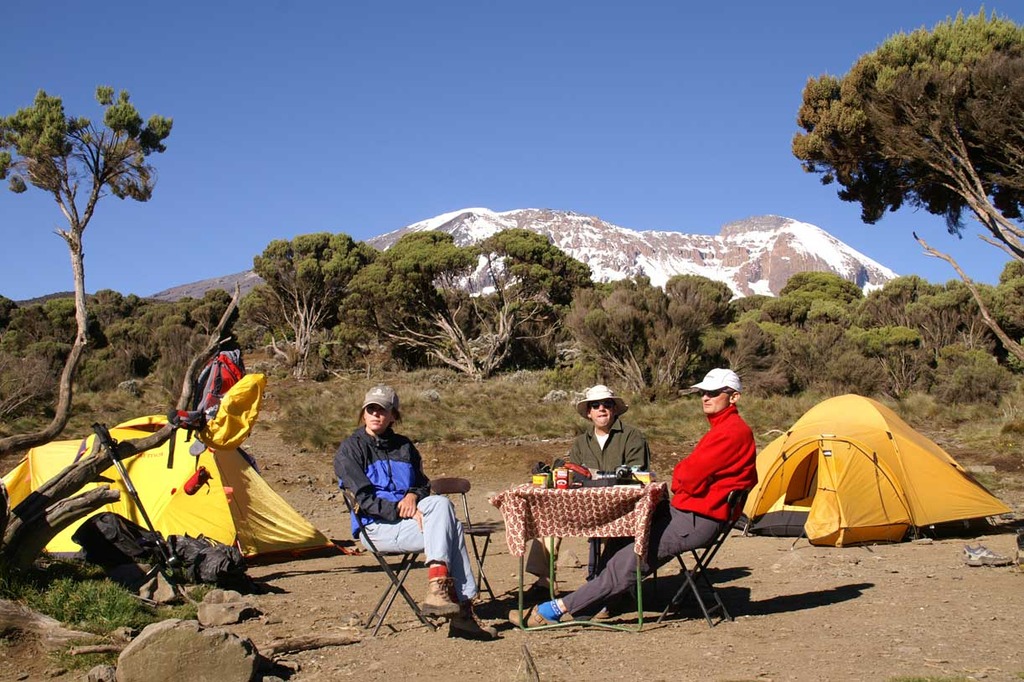
- In breakfast, you will get eggs (boiled or fried), porridge, fruit, some bread (with jam, honey or peanut butter), tea, hot chocolate or coffee.
- In lunch, you will get boiled egg, sandwiches, fruit, hot chocolate or coffee. Lunch prepared during breakfast and sometime cooked on the mid way of hiking and carried by climbers in their day packs.
- At the end of the hiking day, there is usually ‘afternoon tea’, which served with biscuits, peanuts and salted popcorn. Dinner begins with a steaming bowl of soup and in the main course; you will get chicken or some other meat, vegetable sauce and rice or pasta.
What are the guidelines on tipping porters and guides?
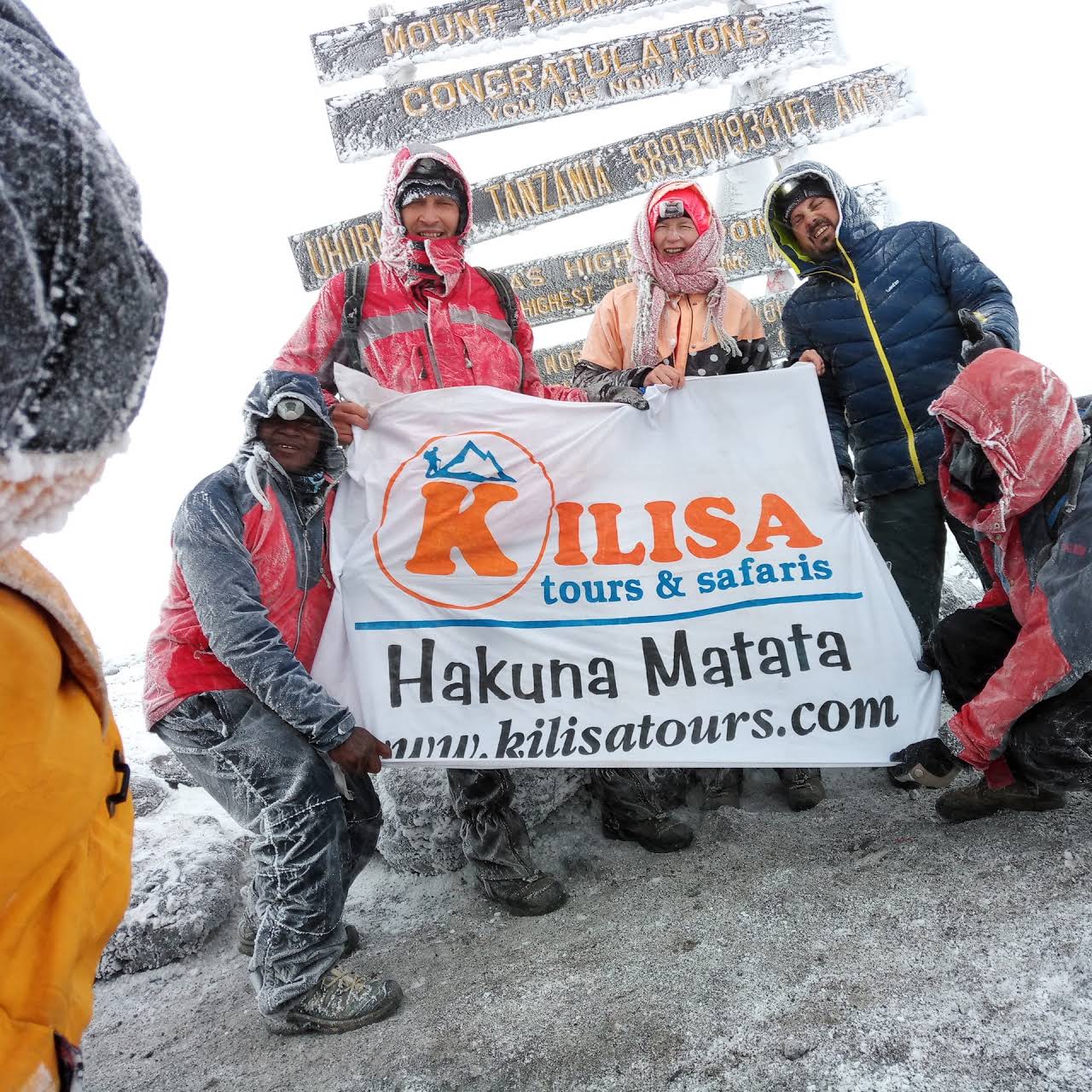
Your porters are a big reason why you’ll hopefully be standing tall on the top of Africa. As porters carry all your luggage and gears for the survival on higher altitude, they are the big reason behind your successful summit.
They also set up your tents, preparing your meals and care for your safety to see you make it to Uhuru Peak. Neither the tipping nor the tipping amounts whether your summit is success or not. Your tips should reflect whether your supporting team were professional and had your safety and best interests in mind from start to finish. You can tip to every crew member at the end of every hiking day or on the last day by organizing a party for summit success in which you can handover the money in a parcel with a thank you note, as a deserved reward.
Should I be concerned about altitude sickness?
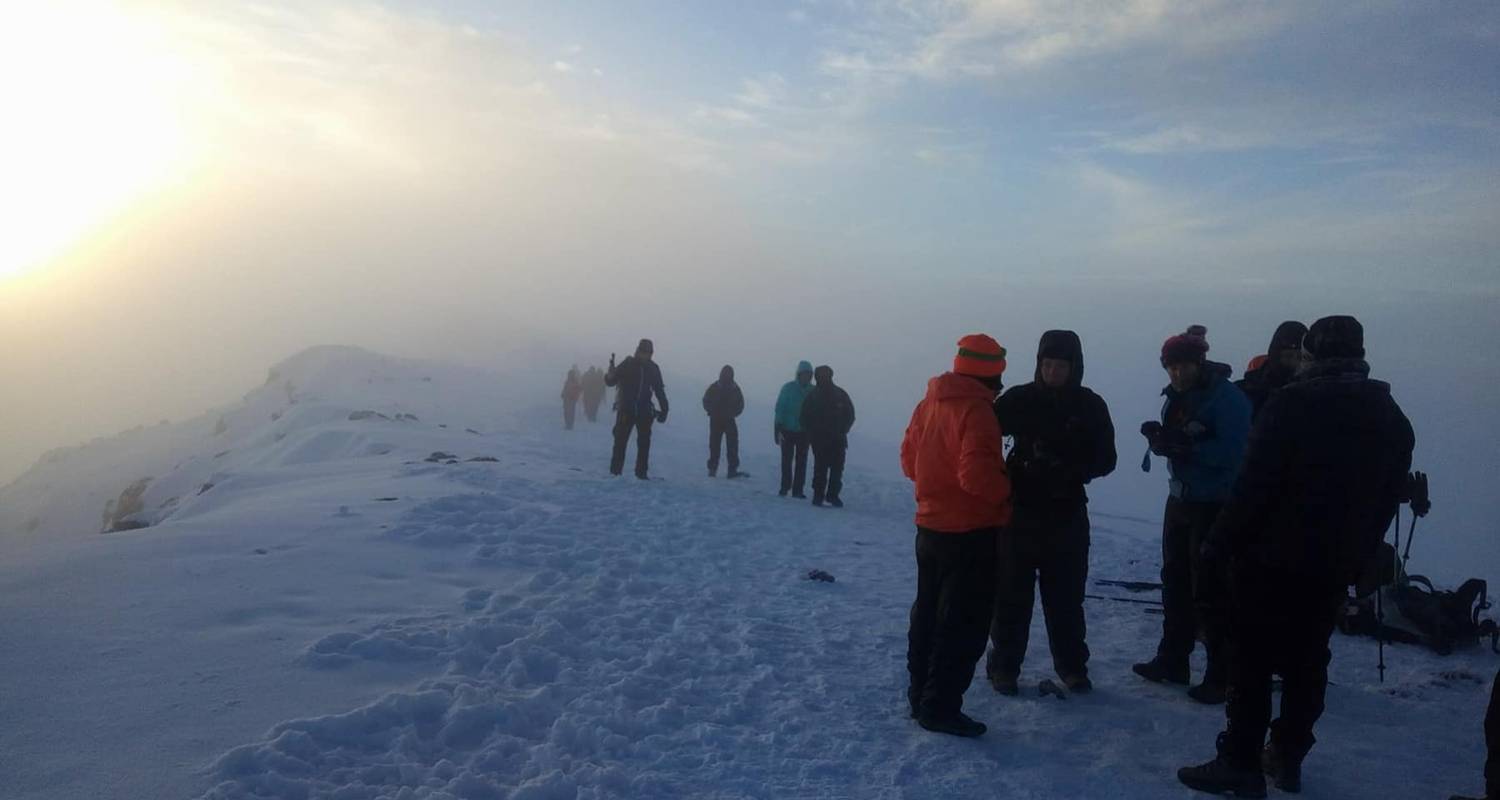
Yes, Kilimanjaro Altitude Sickness occurs when the body is unable to acclimatize due to low atmospheric pressure and oxygen on higher altitude. The symptoms can include nausea, vomiting, headaches, loss of appetite, exhaustion, muscle aches, dizziness, breathlessness, rapid pulse rate. Severe form of Altitude sickness is Acute Mountain Sickness.
Tips to avoid altitude sickness:
- Choose longer route
- Climb high and sleep low
- Climb slowly
- Keep yourself hydrated
- Take necessary medications for altitude sickness
Should I train for my Kilimanjaro climb?
Yes, you should train yourself to enhance your fitness level. You should be the fittest in both physically and mentally in your life. We recommend you to start a training program which should include aerobic exercises, breathing exercises, hiking to the nearest elevation or walking “up and down”, strength exercises to strengthen leg and core of the body.
What Safety Equipment Do You Carry On The Trek?
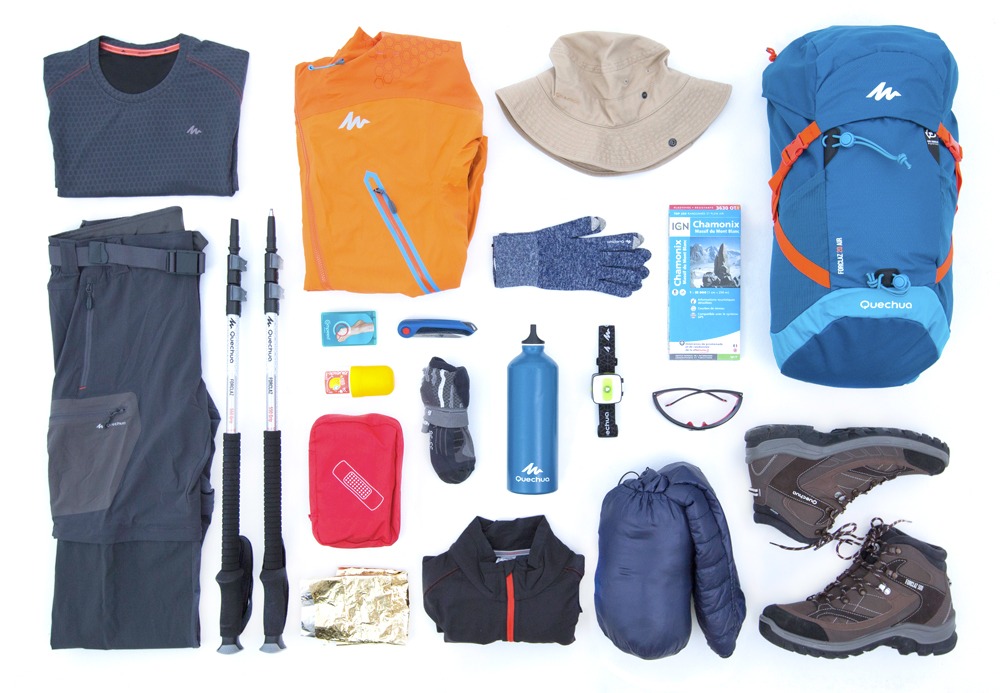
Here is some important Kilimanjaro Climbing Checklist you should carry on the trek.
- For Sun protection, bring sunscreen, sunglasses or hiking goggles.
- Pain killers and headache tablets – Make sure they are not too strong, as they could mask other symptoms.
- Bring basic anti-septic and plasters for the cuts and blisters.
- Anti-nausea tablets – Great to have on you in case you encounter altitude sickness.
- Water purification tablets – To drink water from mountain streams
- Eye drops – To protect your eyes against dust, glare of snow and ice.
- Rehydrate salts – Can be used in cases of dehydration
- Malaria prophylaxis or Malarone – To prevent malaria
- Anti-inflammatory tablets – For aching muscles and joints.
Do I Need Insurance?
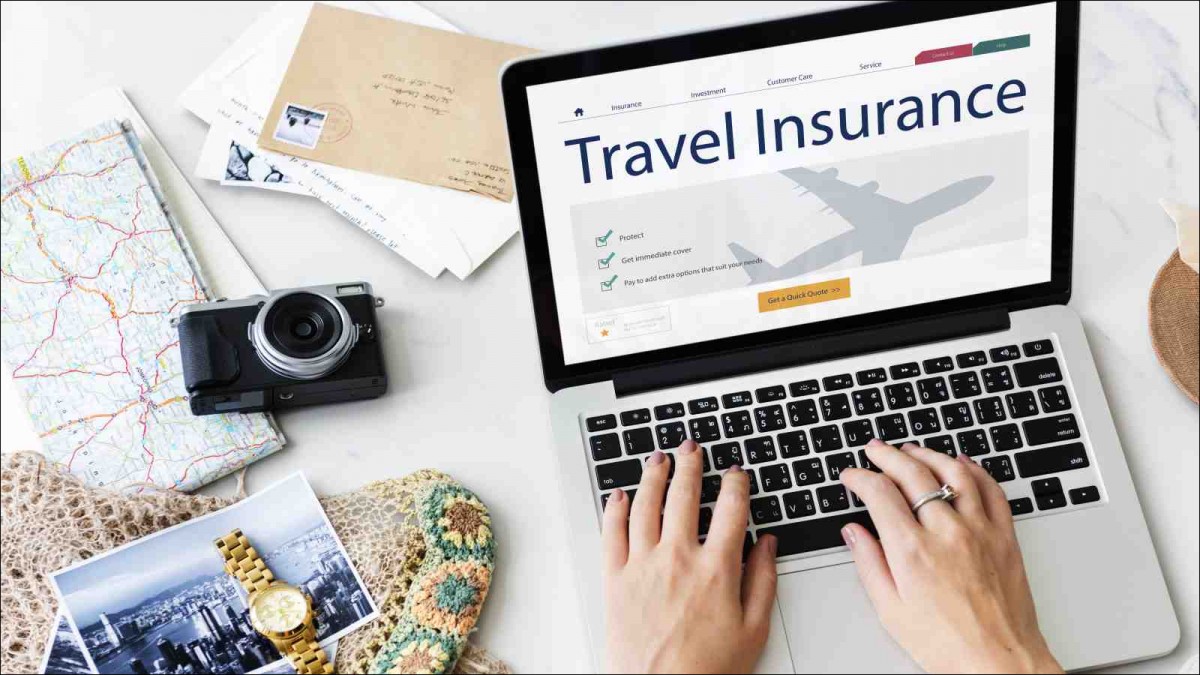
Yes, it is very important to get travel insurance policy that covers the trekking at altitude up to 6,000 meters above sea level. Select the policy which covers trekking and medicals during the trekking. The policy should cover you for immediate evacuation by helicopter in case of emergency or Acute Mountain Sickness.
Buckle up and Start an Adventure
We hope this information will help you to plan a successful Kilimanjaro Trekking Tour. Conquer the “Roof of Africa” and enjoy the beautiful sights of Mount Kilimanjaro.
As a best and experienced trekking and tour operator, Kilisa Tours and Safaris offers the excellent guide and services to enjoy the most comfortable journey.
To start trekking with us by visiting @ kilisatours.com

